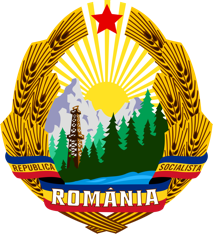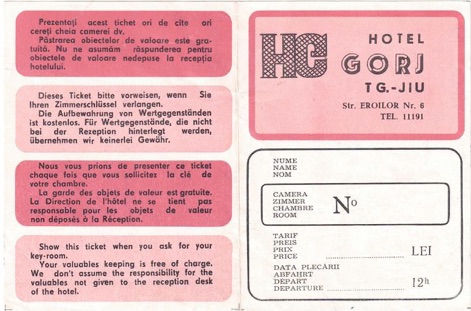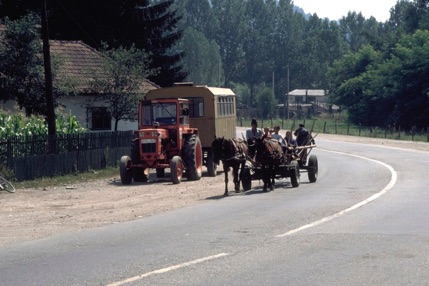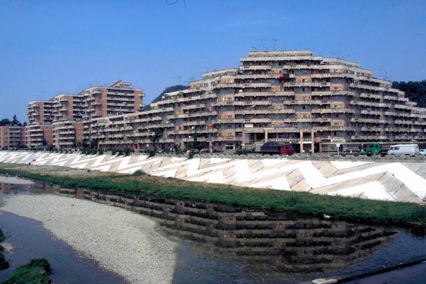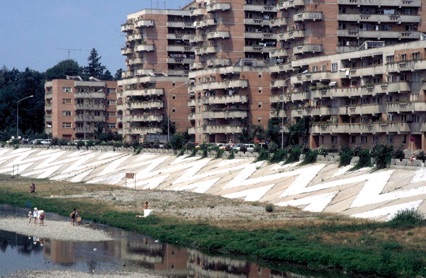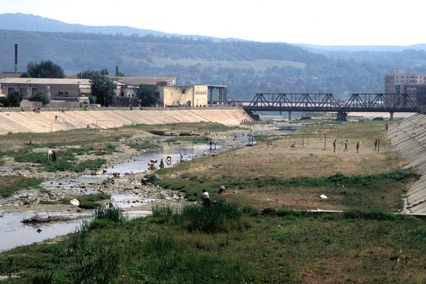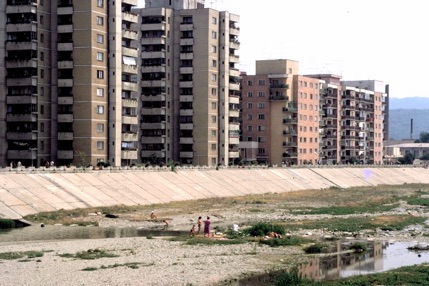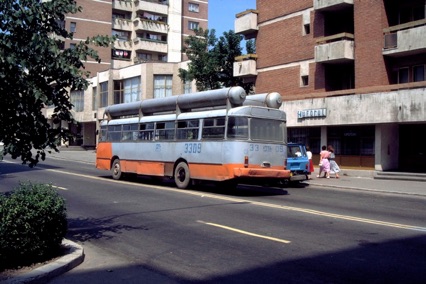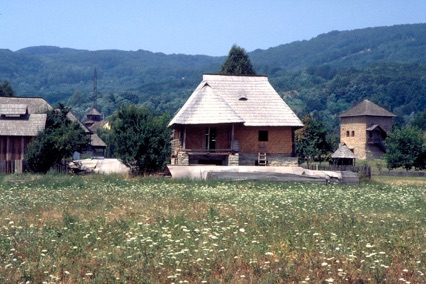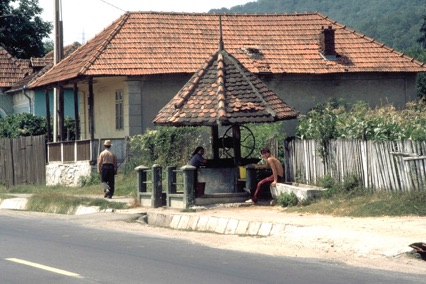Europe 1987

Kyrgyzstan and Tajikistan 2018

Even though we were all keen to get moving early this morning, it proved to be very difficult indeed. We have landed in a society where waiting, and waiting, and waiting some more, seem to be accepted parts of everyday life. We went to the dining room for breakfast, but waited half an hour before anyone came to attend to us. After breakfast it took me nearly an hour to get the petrol coupons I needed to buy petrol at one of the (few and often closed) stations that are permitted to sell fuel to foreigners – so defined by having special petrol pumps that sell fuel for coupons rather than local currency (and therefore, in theory, have shorter queues of waiting cars). We were finally able to set off for the day’s driving at 10:00am, with a 360 kilometre drive to Braşov ahead of us.
The scenery was pleasant and rustic rather than spectacular. Outstanding impressions were: poor housing; children running on the road to beg for cigarettes, food and money; babies dressed in woollen clothes and hats despite the summer heat (Tim was wearing only a nappy); people walking beside the road over long distances, often carrying heavy loads; very common use of horses and carts for family transport; villages with community wells beside the road rather than running water; women often seen washing clothes in rivers; very traditional, labour-intensive, unmechanised agriculture; and prodigious numbers of road signs carrying propaganda and odes of loyalty to the “Genius of the Carpathians”, Nicolae Ceauşescu. I managed to get some lovely photos as we drove through Horezl of a very photo-happy family on a two-horse-drawn cart that looked as though it was usually used for hay transport.
Another noteworthy feature of Romania was the cars we saw on the roads – we were spending many hours each day on the nation’s roads, so this was very evident to us. In the same way that Czechoslovakia’s roads had been dominated by locally-made Škoda cars, with a sprinkling of vehicles from other socialist nations such as Trabants and Wartburgs from East Germany and Ladas and Volgas from the USSR, Romania’s roads were dominated by Dacia 1300s, which were licence-built Renault 12s.
The second largest city we passed through was Rîmnicu Vâlcea (also sometimes spelled Râmnicu Vâlcea), located on the Olăneşti River. Although high-rise housing is found on a massive scale throughout Communist Eastern Europe, the new housing blocks lining the river in Rîmnicu Vâlcea were something else again – huge in scale, but also more imaginative in design, and most unusually being constructed largely with bricks rather than the large factory-made prefabricated concrete panels that have made socialist high-rise housing blocks so quick and cheap to build across Eastern Europe.
During our brief stop in Rîmnicu Vâlcea we also saw large fleets of “Elena Gays”, which are buses fuelled by methane gas carried in large rooftop tanks. Built to overcome Romania’s chronic shortages of fuel and known to explode from time to time with busloads of passengers onboard, they obtained their nickname of “Elena Gay” as a pun on the name of the famous Boeing B-29 bomber “Enola Gay” that dropped the atomic bomb on Hiroshima, the name being adapted to become a reference to Elena Ceauşescu who (it is suggested in hushed voices by brave individuals) also behaves like a bomb on wheels.
The largest city we passed through (which was also our lunch stop) was the old Transylvanian city of Sibiu. The old centre of Sibiu was stunningly beautiful with a 15th century town hall in the old market square (Piața Mare) and city walls. After exploring the Piața Mare and the ‘people watching’ opportunities it provided, we walked about 250 metres to the north and climbed the steps of the Bridge of Lies. This provided us with elevated views towards the north along the twisting roadway of Strada Ocnei, lined with old steeply pitched tile-roofed buildings in the Transylvanian style with pastel painted facades.
The Bridge of Lies was Romania’s first cast iron bridge, and only the second in Europe (after Ironbridge in England, which is not that far from our home in Lancashire). It is said that the bridge will collapse if someone standing on it tells a lie, but given the extent of propaganda that passes for everyday news in Ceauşescu’s Romania, I can’t believe that this legend could be true as the bridge is still standing. Whatever the reason for its bizarre name (and there are many other suggested legends), the bridge itself and the views from it provided a superb lunchtime stopover for us.
Much of the 150 kilometre afternoon drive from Sibiu to Braşov followed the valley of the Olt River, passing also through the town of Făgăraș. We arrived in Braşov well before sunset and found our hotel easily, and what a hotel it proved to be. Located on the edge of Braşov’s old historic town centre beside the city’s main roundabout, the Carpathian / Aro Palace Hotel (it seemed to have two names) was a budget-priced luxury hotel that was probably the best accommodation we had experienced so far on the trip. Our double room had enough space for an extra camping bed, but as we weren’t located on a high floor, we didn’t have much of a view from the window of the room.
After checking in to the hotel, we went for a short walk around the old town area of Braşov. The weather had become quite hot as we had driven further south, which meant we had to work hard to maintain our liquid intake in a country where tap water should not be consumed. Inevitably, this led us to consume more soft drink than we would normally even think about. In Romania, that meant drinking the one and only flavour, a sickly-sweet cherry cola with minute gaseous bubbles and an after-taste that resembled the sensation of having swallowed a bowling ball.
However, it was more than 4 year old Phillip could handle. Ever since the beginning of our travels, we had become used to his aversion to fizzy drinks, which he described as “spicy”. Di routinely had to spend several minutes blowing air through a straw into his bottles of drinks to disperse the fizz before he would even attempt to drink them. However, Romania’s cherry cola was more than he could (or would) handle, and even after Di had flattened his drinks, he refused to drink them. We were becoming more and more concerned that he was becoming dehydrated in the summer heat.
Following our walk, we returned to the hotel and enjoyed a relaxing dinner in the restaurant – Di and I had tough chicken, Liesl had spaghetti and Phil had omelette.

Day 19
Tirgu Jiu to Braşov
Friday 31 July 1987
